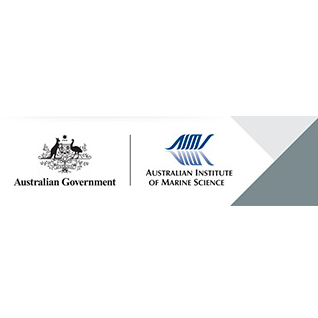Brief description
SEDIMENT SAMPLINGFour replicate sediment samples were collected on SCUBA from 3 sites near Scott Base (SB1, SB2, SB3), 2 sites near McMurdo Station (MM-0, MM-1), 1 site at Cape Armitage (CA), 1 site at Cape Evans (CE) and 1 site near Turtle Rock. The top 5 cm of sediment was collected from depths between 18 and 25 m, within a 20 metre radius of each site and stored frozen. Samples were later freeze dried, coarse sieved and the CLAM AND SPONGE SAMPLINGFive mature soft-shelled clams Laternula elliptica, were collected by hand and stored frozen. Four replicate biopsy samples of the sponges Homaxinella balfourensis, Mycale acerata and Sphaerotylus antarcticus were collected, blotted dry and stored frozen. The soft tissue from the clams and the sponge tissue were later freeze dried and ground. METAL ANALYSIS IN SEDIMENTS, CLAMS AND SPONGESAfter digestion, the sediment, clams and sponge samples were analysed for total Cu, Zn, Cd and Pb concentrations using inductively coupled plasma-atomic emission spectrometry (ICP-AES). In addition, As was analysed by hydride generation and Hg by cold vapour generation using ICO-AES.ANALYSIS OF HYDROCARBONS IN SEDIMENTSTwo 10 g samples of sediment from each site were pooled and two such samples were prepared, resulting in duplicate 20 g samples for further analysis. After each sample was extracted with DCM/acetone, half the extract underwent GPC and florisil cleanups and analysis for PCBs by gas chromatography. The remaining extract was reduced and processed further before being screened for hydrocarbons, using ultraviolet fluorescence analysis (UVP). Gas chromatography-mass spectroscopy (GC-MS) was used to determine n-alkanes and total hydrocarbons (THC) from the reduced hydrocarbon fractions. This research was undertaken to compare the concentrations of contaminants in the vicinity of the scientific bases, Scott Base (NZ) and McMurdo Station (US) with less impacted sites at Cape Armitage, Turtle Rock and Cape Evans. Sediment samples were analysed for total hydrocarbons (THC), polychlorinated biphenyls (PCB), polyaromatic hydrocarbons (PAH) and the trace metals (Cu, Zn, Cd, Pb, Hg and As). Sponge and clam tissues were analysed for the presence of trace metals only. TBT contamination of sediments from these sites is described in the metadata record:Tributyltin (TBT) in marine sediments from McMurdo Sound, AntarcticaLineage
Maintenance and Update Frequency: notPlannedNotes
CreditNegri, Andrew P, Dr (Principal Investigator)
Modified: 23 06 2025
text: westlimit=166.652; southlimit=-77.841833; eastlimit=166.652; northlimit=-77.841833
text: westlimit=166.659333; southlimit=-77.850333; eastlimit=166.659333; northlimit=-77.850333
text: westlimit=166.679; southlimit=-77.859167; eastlimit=166.679; northlimit=-77.859167
text: westlimit=166.759; southlimit=-77.850833; eastlimit=166.759; northlimit=-77.850833
text: westlimit=166.7695; southlimit=-77.850167; eastlimit=166.7695; northlimit=-77.850167
text: westlimit=166.775167; southlimit=-77.847167; eastlimit=166.775167; northlimit=-77.847167
text: westlimit=166.769667; southlimit=-77.744; eastlimit=166.769667; northlimit=-77.744
text: westlimit=166.3855; southlimit=-77.638833; eastlimit=166.3855; northlimit=-77.638833
Contamination in sediments, bivalves and sponges of McMurdo Sound, Antarctica: Negri AP, Burns KA, Boyle S, Brinkman DL and Webster NS (2006) Contamination in sediments, bivalves and sponges of McMurdo Sound, Antarctica. Environmental Pollution 143: 456-467.
local : articleId=7191
Related dataset: Tributyltin (TBT) in marine sediments from McMurdo Sound, Antarctica.
uri :
https://apps.aims.gov.au/metadata/view/2aee19a3-6b8a-4f2d-bb18-a49eb834352a![]()
- global : 3a4c9855-2fb2-4f77-990f-d59744deda53


